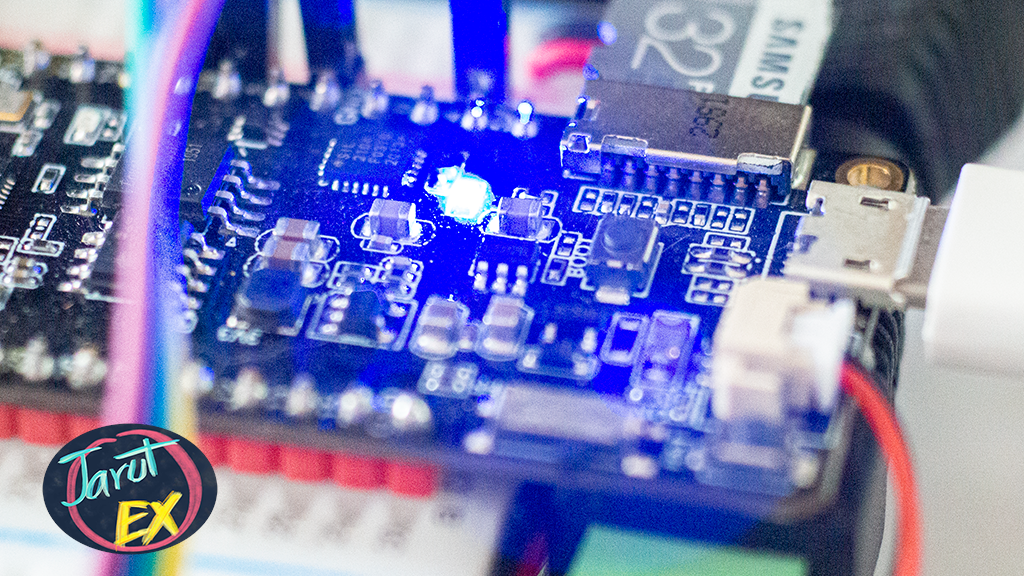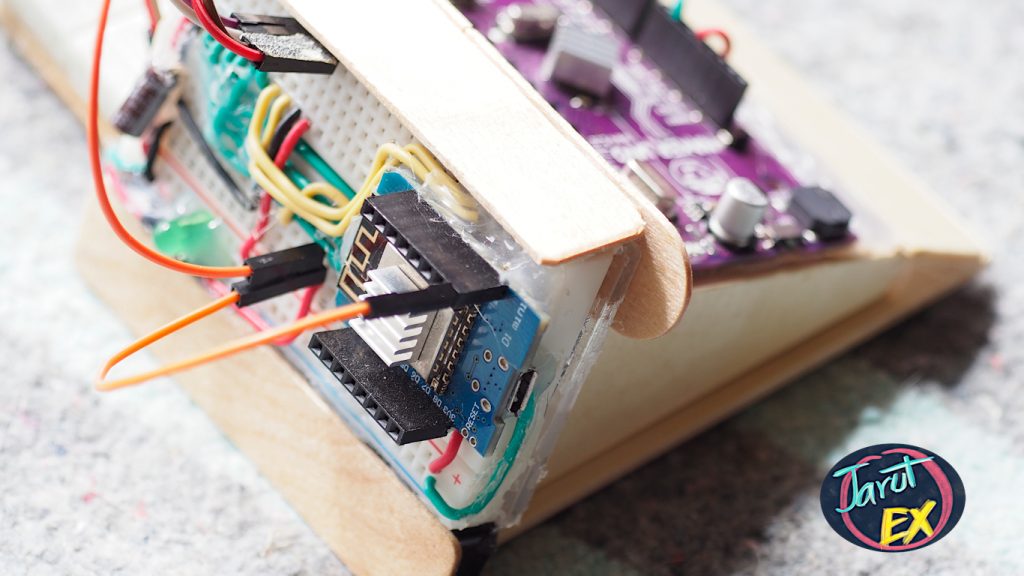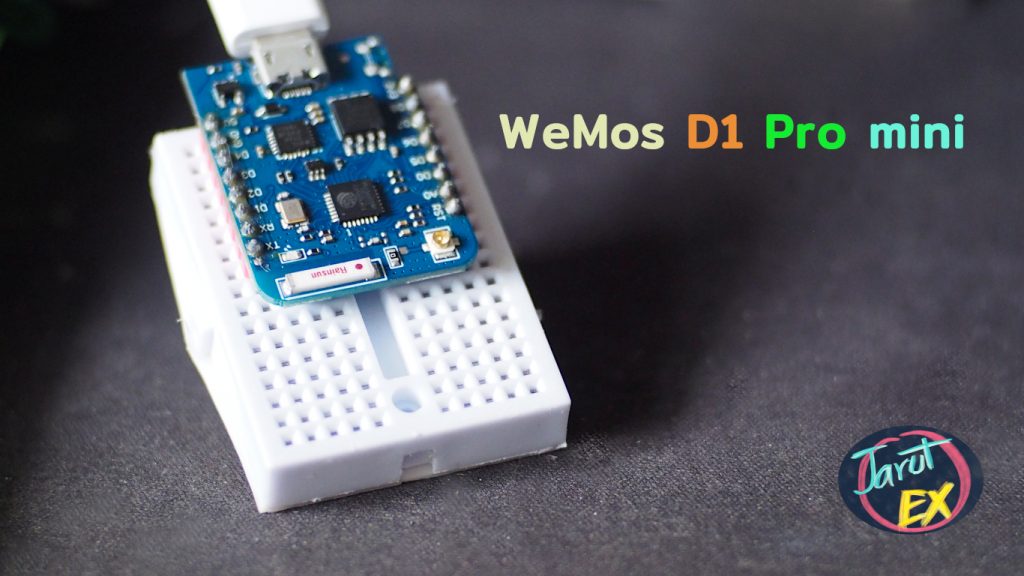[EN] ESP8266 Control Relay
This article is an example of a python programming language to command a relay module to turn on/off an LED via WiFi with the ESP8266’s AP mode.

This article is an example of a python programming language to command a relay module to turn on/off an LED via WiFi with the ESP8266’s AP mode.


TTGO T8 ESP32 is an ESP32-powered board. Supports programming for ESP-IDF, Arduino and MicroPython. In addition, the highlight of this board is Built-in memory, 4MB external RAM available, TF Card reader slot, can read/write SD card, turn on/off switch, reset button, 3D antenna, external antenna socket, charging circuit and using a rechargeable battery.
This article is a compiled article about time library usage related to the time delay of the ESP8266 along with an example of connecting to an NTP Server for synchronization.

This article uses the ESP8266 to read the values from the soil moisture sensor. The appearance of the selected sensor is shown in Figure 1. The circuit of the sensor is shown in Figure 2 which there’s a part for the conversion of resistance from current flow to analog and digital values. In which the digital sector has to be rotated to adjust the resistance from the variable resistor. After that, the voltage obtained by adjusting the resistance is used as a comparator of the voltage obtained by the sensor circuit and output the data as a digital signal as a value of 0 or 1, but in this article choose to read the value from analog signal via A0, which is 10 bits analog to digital converter (ADC) consequently the value read from analog signal will be integer start from 0 to 1024. The example program is written in Python along with showing the converted values from the ADC displayed on the web page.
The ESP8266 is a device with a built-in WiFi connection system that can operate in both AP (Access Point) mode and client mode connected to an existing WiFi network or STA. The developer can set the name of the device (ESSID) or use the name according to the value set by the system to MicroPython-xxxx, where x represents the MAC Address of the device, the password is micropythoN (the developer can define a new one) with the IP address (IP Address) of 192.168.4.1.

ESP8266 is a device that nicely supports IoT functionality. But one of the downsides of the ESP8266 is the inadequate number of GPIOs or pins for input and output signals that can be used without a problem with the board’s functionality, so expanding ports for the ESP8266 is quite a thing that developers must be faced which can be performed in a several ways such as using PCF8574 as an expansion port via the I2C bus or connecting to Arduino via Serial Port to allow Arduino to work and send the results back via the serial communication port, etc. This article chose to use an Arduino Uno as a board for I / O to the ESP8266 by using the I2C bus operation.
WeMos D1 Pro Mini is an ESP8266 board with 16MB Flash ROM memory, useful for taking unaltered images or data stored in Flash ROM for later usage. However, when flashing MicroPython firmware onto this board, there are steps that need to be done in addition to writing with the 4MB version of the board. (The method for the WeMos D1 R1 mini or ESP8266 board can be seen from this video) In this article, we will try to flash ROM and write a program to display board information.
